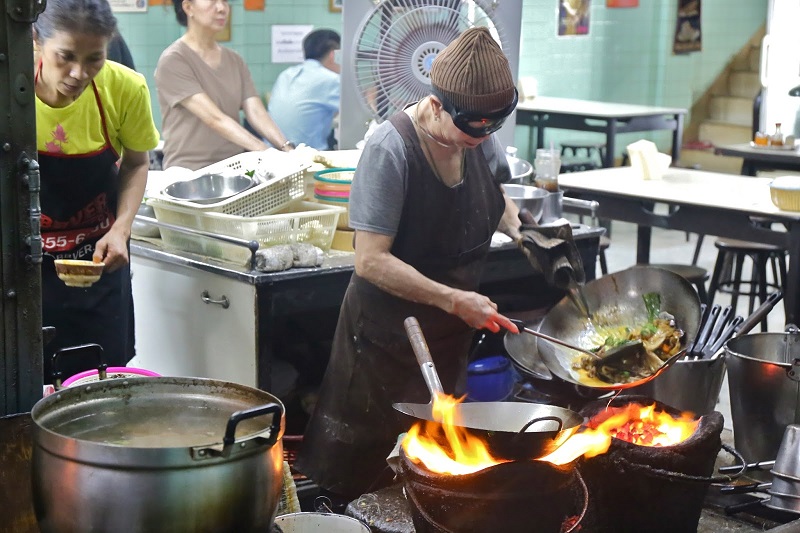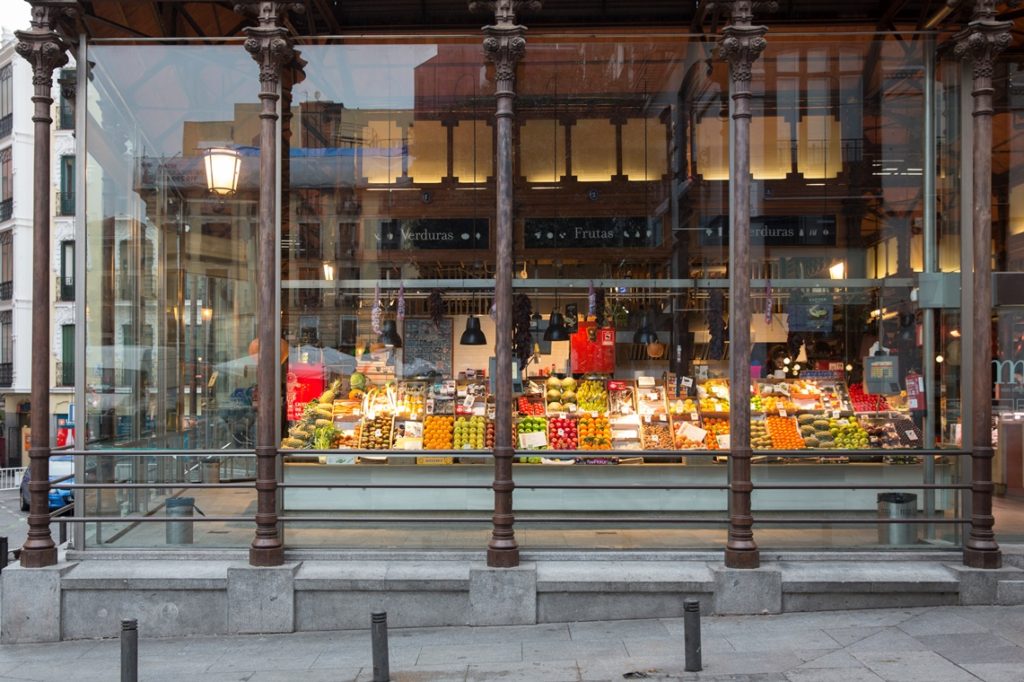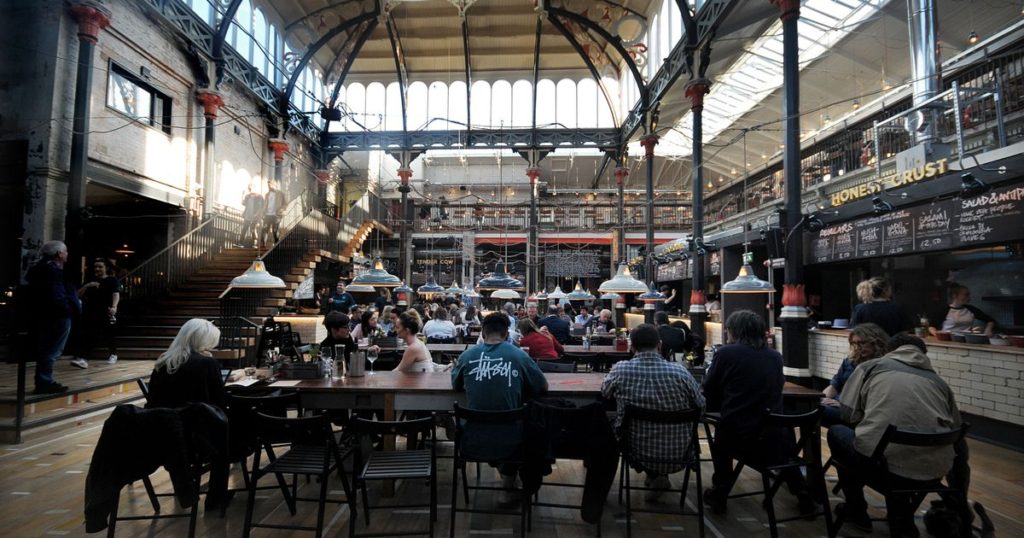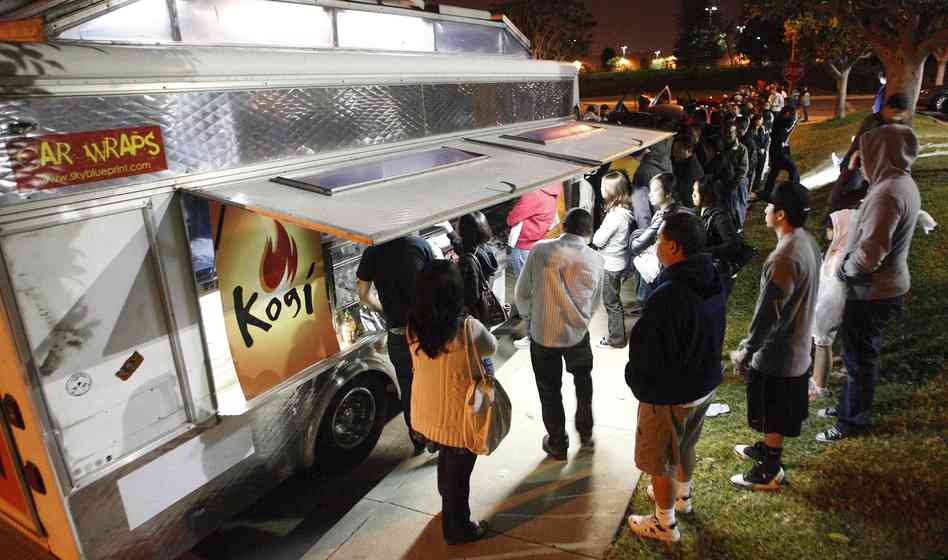One of the reasons we love covering luxury here at Dandelion Chandelier is because the topic is so complex and the very definition of what luxury is eternally evolves. For example, our very name reflects one of luxury’s enduring inherent dualities: luxurious objects and experiences must be perceived as authentic and deeply rooted in the ground – but they must also soar high above our heads, just out of reach, generating desire and acquisitiveness in the hearts of those who behold them.
While both elements – the ethereal and the deeply-rooted, the high and the low, the humble and the haughty – always co-exist in the luxury space, over the course of time, the pendulum swings a bit more toward one over the other. And right now, “low” is the new high: consider the Makers movement, artisanal luxury, the return to hand-crafted objects and all-natural ingredients, the fascination with foods that are deeply grounded in indigenous cultures that were once considered beneath the refined palates of the elite. Low is having a moment.
In that spirit, we’re launching a new monthly feature about this inherent tension in modern luxury. We’ll be on the hunt for objects and experiences – like our beloved dandelion chandeliers – that embody both grit and glamour; shadow and shine; form and function; dreams and reality.
First up? We set out to explore the world of food. ‘Cause why not?
What happens when something humble and grounded (like a simple dish of chicken and rice) meets something sparkling and well out of everyday reach (like a Michelin star)? Something delicious. We love fine dining (as evidenced by our current obsession with the critically-acclaimed Empellón Midtown), but we also really love food that’s just crazy-good, regardless of the surrounding ambiance. And we know we’re not alone. Street food is totally a Thing, and has been for a while now.
That shouldn’t really be a surprise. A great food hall, or cluster of food trucks, or series of market stalls, appeals to all of our senses: as we approach, we smell something cooking; hear the sound from the grill, see the person who is preparing our food, and nearly always eat it with our hands. It’s totally different from the experience of dining in a restaurant, and satisfying at a primal level.
There’s also an entertainment element that can’t be overlooked. A recent article in The Guardian quotes restaurateur Simon Anderson: “There’s now a thirst for variety, as chefs and restaurateurs now have a fan base much like pop stars. Food has really changed its position in the psyche of the nation . . . it’s the new rock ‘n’ roll, and we are just providing the stage.”
Perhaps that’s why even those in the pantheon of gastronomy are taking increasing note.
Recent years have seen a rise in upscale food trucks, as well as the creation of events like the European Street Food Awards and the World Street Food Congress. But the ultimate sea-change came with the awarding of Michelin stars to not just one, but three street-style food vendors.
In 2016, two modest Singapore food stalls (Hill Street Tai Hwa Pork Noodle and Hong Kong Soya Sauce Chicken Rice and Noodle) made history by becoming the first street vendors to be awarded stars by the prestigious guide. That wasn’t a flash in the pan: in December 2017, Michelin awarded Raan Jay Fai, a popular street food eatery in Bangkok’s Old Town, a star in Bangkok’s first-ever Michelin Guide.

Raan Jay Fai
As a result of this increasingly popular style of cooking and eating, Michelin has even started its own Street Food Fest, featuring local favorites from Michelin-listed restaurants and hawker stalls. This year’s event takes place from March 30 – April 1 at The Coliseum Resorts World Sentosa in Singapore (so you still have time to get tickets if you’re so inclined).
The other reason that street food is having a Moment? It’s because increasingly sophisticated consumers care more and more about provenance of what they eat and drink. As a recent article in Britain’s Independent put it: “Regional cuisine is what people are demanding now. ‘Indian’ doesn’t quite cut it anymore – people want to know that their seafood dish is inspired by the ports of Kerala or that their vegetarian curry is from the streets of Gujarat. The same goes for South East Asian flavors, albeit at a slower pace, with Taiwanese expected to become more popular this year.” It’s hard for a restaurant to keep flexing its menu with each new trend – a food truck or market stall can do so more easily.
While Michelin has focused almost all of its street food events and awards on Asia, there are plenty of other great spots to explore. Here are a few of our favorites outside of Asia:
The Mercado de San Miguel, a wrought-iron and glass food market in Madrid, has become one of the liveliest culinary spots in the city since it reopened in 2009. As you walk through the market, you’ll find stalls featuring mouth-watering selections of oysters, cava, chocolate, caviar, garlic prawns and stuffed sea urchins. There are also stalls filled with riojas, Sherries, vermouth and beers with which to wash it all down. Seating here is difficult, so be prepared to indulge in these delicacies either stall-side or to go.

Mercado de San Miguel
In London, a company called London Union runs the popular Street Feast markets across the capital and is backed by the likes of Jamie Oliver, Yotam Ottolenghi and Thomasina Miers. Kerb also curates street food market hubs across London, and its spokeswoman notes that a recent trend is more varied vegan offerings, like “jackfruit chicken wings from Biff’s Jack Shack, a tofu fish burrito from Club Mexicana and melting chocolate brownie mud pie from Young Vegans.” POP Brixton in south London is a buzzy site of offices, street food and live music venues constructed from recycled shipping containers. At least 16 new food halls are planned in London in the coming months, according to a report by property advisers Cushman & Wakefield.

Street Feast, UK
In Manchester, England, Mackie Mayor was built on a site that was once Europe’s largest fresh produce market. Last autumn, it found new life as a haven for foodies who dine communally at long tables set among ornate pillars under vaulted glass ceilings.

Mackie Mayor, Manchester, England
Some people say that you really haven’t had a taste of Los Angeles until you’ve tried Kogi BBQ. It’s widely acknowledged that Roy Choi, the owner and chef behind Kogi, ignited the upscale food truck craze in the United States. He’s won multiple awards as a result, including “Best New Chef” from Food + Wine. In addition to multiple restaurants, Chef Choi has three Kogi trucks serving LA, plus a handful of stalls, all of which serve up his famous Mexican/Korean mash-up – including kimchi quesadillas, Kogi dogs, burritos and tacos.

Kogi BBQ Truck, Los Angeles
San Francisco is renowned for its street food, and one of the newest innovations in town is the SoMa StrEat Food Park, which is a self-described Culinary Carnival and Urban Playground. There are 10 food trucks at any given time, including a beer-and-wine truck, plus trivia nights and DJ parties; the diverse group of vendors changes every day. You should also check out Off the Grid Fort Mason. And starting this summer, arrive early for your next flight so you can explore the new Manufactory Food Hall at San Francisco International Airport, Boarding Area A. Four beloved local chefs—Pim Techamuanvivit of Kin Khao, Elisabeth Prueitt and Chad Robertson of Tartine, and Gabriela Cámara of Cala— are joining forces to open a 3,000-square-foot fast-casual food hall that will feature Tartine’s fresh sandwiches, salads, morning buns and seasonal tarts; breakfast tortas and the famous street Tacos Cala; and Thai specialties such as rice bowls and noodles.

Off the Grid Fort Mason, San Francisco
Downtown food hall Fareground opened in Austin, Texas early this year, hosting some of the city’s best restaurants in a gleaming, centralized location with “soaring ceilings, big windows and wide plank floors offset by a grassy outdoor area for picnicking” designed by local architect Michael Hsu. With stalls from Antonelli’s Cheese Shop, Ni-Kome, Contigo, Easy Tiger, and a bar curated by the ELM Restaurant Group, there are tons of options. Eater reports that so far, the most popular dishes are the bite-sized churros at Dai Due Taqueria, the burger from Contigo, and the beautifully plated short rib bowl from Henbit.

Fareground Food Hall, Austin, Texas
Miami’s Design District has a hot new food hall that just opened last month. The concept for St. Roch (pronounced Saint Rock) originated in New Orleans. Encompassing 10,000-square-feet, St. Roch Market Miami features 12 food and beverage stalls with chic luxury décor, including marble countertops, mid-century modern furnishings, white ceramic tiled floors, a coffered ceiling, and gold sconce lighting fixtures. The space also features a modern art library of 3,000 vintage edition art and design books along with a free-standing bar. There’s a rotating art exhibition, beginning with work from New Orleans’ poet Cubsthepoet. Food offerings range from vegan baked goods to Southern inspired fried chicken, and include pasta, tacos and ceviche, Peruvian sushi, acai and smoothies, and Vietnamese.

St. Roch Market Miami
Despite its urban density, New York City is a full participant in the burgeoning European-style food hall scene in America. Chelsea Market, Dekalb Market, The Pennsy and Union Fare are all terrific; our personal favorite is Urbanspace Vanderbilt. A stone’s throw away from Grand Central Terminal, this food hall brings together over 20 artisanal and chef-driven food concepts. Check out the delicious artisanal donuts from Dough and the Middle Eastern comfort food of Mimi’s Hummus. The selection never stagnates: the space has two continually rotating counters, so there’s always a fresh offering try. Again, seating is limited here, so come early, or be prepared to take your dish to go. On a fine day, you can wander over to Bryant Park or Central Park with your loot and enjoy it on a lawn or park bench.

Urban Space at Vanderbilt
Of course, the embrace of street food and food halls is not an either-or proposition. Some very successful restaurants have been born from humble street food stands, including Pitt Cue, Pizza Pilgrims, Smokestak and Bao in London; Komodo and Eggslut in Los Angeles; The Halal Guys in New York; and Smack Shack and Foxy Falafel in Minneapolis.
Just like we’re not giving up our stilettos entirely for sandals, we’re not abandoning fine dining for food trucks. But street food is an excellent option to have in the culinary mix. And further proof that modern luxury is nuanced and layered, and endlessly interesting. We hope you’ll join us for our next High-Low adventure next month – we’re just getting started, and it’s definitely gonna be fun.
Join our community
For access to insider ideas and information on the world of luxury, sign up for our Dandelion Chandelier newsletter. And see luxury in a new light.

